Timothy Henry can’t sleep. He fears if he sits still, anything can happen. And this time, he might not wake up.
Instead, he walks for miles at all hours of the day, his anxiety driving him from downtown Las Vegas to the north end of the Strip.
Sometimes, he diverts his route around the Alpine Motel Apartments where he once lived. Other times, he stops in front of the dilapidated building that nearly killed him.
When he sees the Alpine now, the early morning hours of Dec. 21, 2019, flash before his eyes.
He can still feel the floor he traced with his fingers as he crawled through black smoke, heat prickling his face like glass, and the gush of flames that came seconds after he escaped wearing only a pair of white knee-high stockings on his feet.
“We lost our livelihoods that day,” he said. “Now, I’m just kind of walking around in a daze.”
It’s been two years since the deadliest residential fire in Las Vegas city history, but there is still no justice in sight for the six who perished, the 13 injured, and the dozens who lost their homes and all their belongings.

The preliminary hearing in the criminal case against the building’s owner, Adolfo Orozco, and property manager Malinda Mier began in August 2020 but has been halted as attorneys await a court ruling. It’s likely the longest preliminary hearing in state history. Pending civil lawsuits aren’t expected to go to trial until at least next year.
“We’ve just been living in a strange nightmare ever since,” said Tia Dotson, who said she narrowly escaped with her then 10-year-old daughter.
Many former Alpine residents say they’re struggling financially, are still displaced and have been unable to replace their scorched belongings.
“Where’s the light at the end of the tunnel?” Henry said of waiting for compensation — if any — from the lawsuits. “A lot of us just lost a piece of ourselves in that fire.”
Many survivors are living paycheck to paycheck, and some are without paychecks at all. Others left town or scattered elsewhere; their phones have either since been turned off or their numbers have changed.
Mayor Carolyn Goodman said the city is committed to assessing other old buildings and preventing further tragedies. She commended the Red Cross and the city’s social service partners that stepped in in the immediate aftermath.
“We remain very concerned that this would ever happen again,” she said. “And my deepest sympathies go to those who remain still affected or have impairments.”
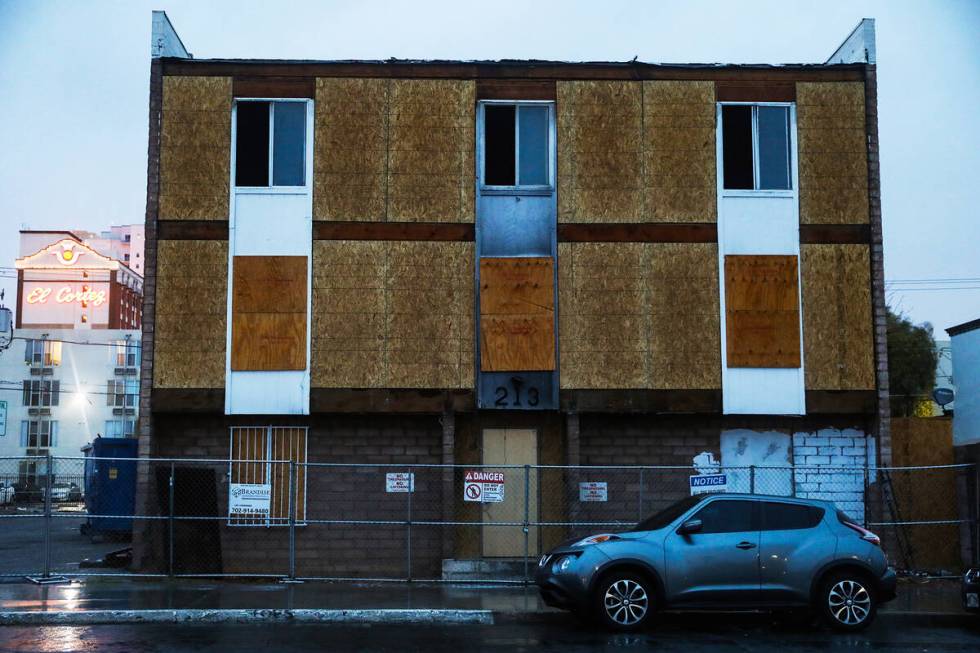
Rebirth from ashes
After the fire, the vulnerable residents struggled to rebuild their lives.
The city of Las Vegas set up a temporary resource site at the Dula Gymnasium and placed people in temporary shelters with the help of the Red Cross. Clark County Services provided longer-term case management for those displaced, city spokesman Jace Radke said.
Christmas presents had burned. Identification documents disappeared. Important paperwork went missing. Months later, survivors received just a trash bag with the remnants of what once filled an apartment.
Many had moved to one of Orozco’s other properties in the immediate aftermath, while their rent was still paid. The Red Cross gave them a few hundred dollars. The city of Las Vegas paid their first month’s rent and deposit in a new place and social workers helped stock their new homes with necessities.
Then COVID-19 hit. Many were left without jobs, and some were evicted.
The signs of trauma are still prevalent: The Fourth of July fireworks, the sleepless nights, the smoky smells, sirens and the wondering what’s going to happen next.
“I don’t think I’m ever gonna heal from it,” said Sandi Jones, who was the first to call 911 at 4:13 a.m. and lived next door to the first-floor unit where the fire started.
About six months after the destruction, Jones retrieved her belongings in a storage unit off Charleston Boulevard.
She said it’s the sentimental items that she misses most: a signed autograph from her favorite pop band, The Sweet, from the concert she saw at the Golden Nugget. Also, her oil portrait of Nate Reuss, a singer so beloved that she tattooed his name on her fingers.
Among the scraps she did get was the identification card for 57-year-old Tracy Cihal, her only friend in the building she lived in for just a few weeks.
Cihal often called her “Spongebob” — a cartoon character Jones used to dress up as while busking on Fremont Street. Jones said Cihal was a sweet lady who she often called “Chatty Cathy.” Fire crews found Cihal’s body badly burned in the first-floor hallway. Her family filed a second lawsuit on Dec. 10 against the fire alarm company.
After the fire, Jones was given a pet rat named Harry, who would perch himself on her shoulder and help relieve her anxiety. He died last year.
After couch surfing for most of the past year, Jones now lives with family in North Las Vegas. But instead of the five-minute walk from the Alpine to where she works on Fremont Street, she now has to catch two buses. The commute can take up to two hours.
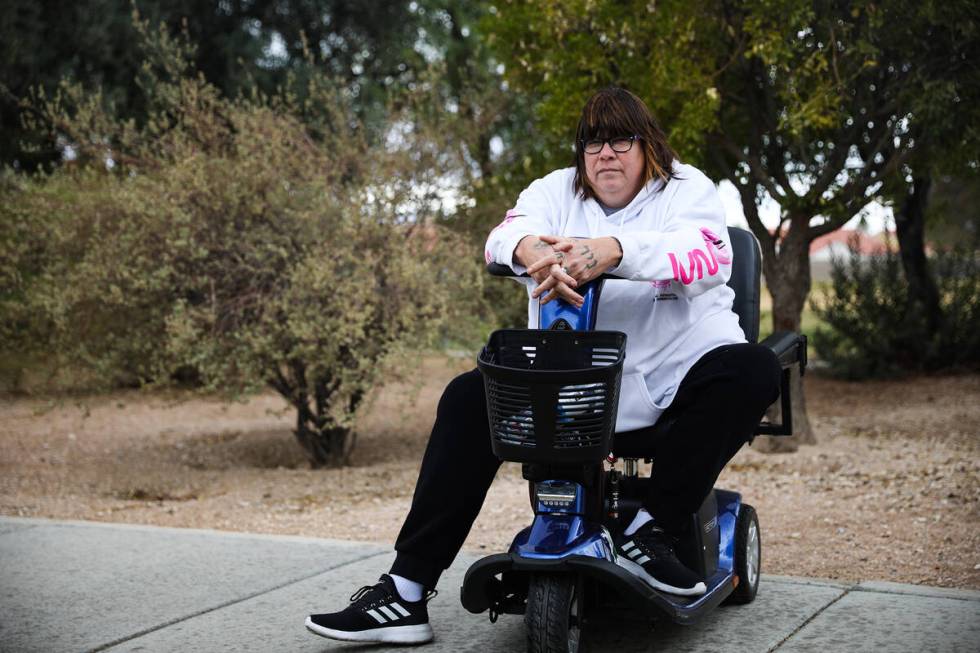
Jones, 51, is disabled with arthritis and needs an electric scooter to get around. She said her potential income on Fremont Street has diminished because she is afraid of being stranded at night without a ride home.
“I want my own place again, I want to go back downtown,” she said. “So I can get my life back. I want stability, which I thought I had.”
‘I just lost all nine of my lives’
Richard Aikens often thinks about what he could have done differently. He thinks about his son, who was later rescued from his bed by a firefighter. The boy had apparently fallen back asleep after his father shook him awake and told him and his sister to run out with his grandma.
“I should have never sent my son anywhere without me, my daughter without me,” he said. “And that’s what I live with.”
His son, Michael, was 8 at the time. His daughter, Brianna, was 11. His wife, Michelle, was at the former Casa Blanca Motel, one of Orozco’s other properties, where she worked.
Aikens instructed his kids that morning to go out with their grandma, who lived with them, while he grabbed his wallet. Seconds later, he found that both stairways were covered in thick smoke.
He ran to the window in his room on the second floor and screamed for his children.
“Daddy!” His daughter responded.
Aikens jumped when he heard his little girl, thinking her brother was nearby. When he hit the ground, his left leg broke in half. His daughter came to him, but his son wasn’t there.
A gutting realization occurred: Michael, a heavy sleeper, had apparently gone back to sleep after he was shaken awake and did not hear his calls.
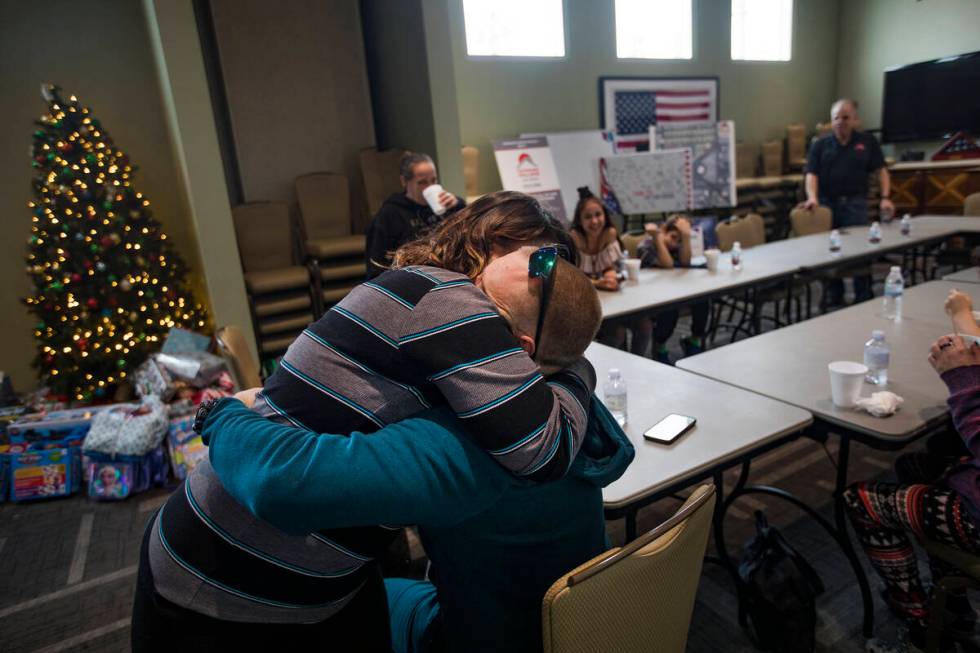
Aikens instantly got up and hopped on his right leg. He said his left leg hung loose like a leather belt. Inside, the bones ground together, and he fell face first. His tibia and fibula were severed and required two surgeries.
Michelle Rodriguez, who lived next door to Aikens, put her shirt around her face, ran up the stairs to the second floor. She yelled “2121!” to a firefighter.
That firefighter broke the door down, grabbed Michael, and brought him outside.
Aikens never met the man who saved his son’s life, but he says he knows one thing: “He was an angel.”
The aftermath of the fire has left the family broken. Brianna never talks about it, he said. And his son remembers vividly finally waking up to the sirens.
“You should be real proud of me,” the boy told him once.
“Why, son?”
“Because I wasn’t afraid, dad.”
Aikens’ injury means he can no longer run around with his son, he can hardly ride a bike and is in constant pain.
“I lost my job. I lost my belongings. My leg is shattered,” said Aikens, who is 38. “I’ll never use it again the way I used to.”
The family is struggling as they wait to hear how the legal cases will play out.
His wife works full time and he is on disability now, after a year of waiting. He gets about $877 a month — but he is missing the $2,600 a month he made when he was able to work as a carpenter.
After the fire, he and his family stayed at the Casa Blanca. In February 2020, they moved into one of Orozco’s houses on Van Buren Avenue. His wife quit working for Orozco later that year.
For about a year, they’ve shared an apartment with his wife’s mother and father, who help them with their retirement funds. Aikens made sure to put a fire alarm right above his stove.
“That’s going to be one day that goes down in infamy in my history books,” he said. “I’m like a cat, and I just lost all nine of my lives right there.”
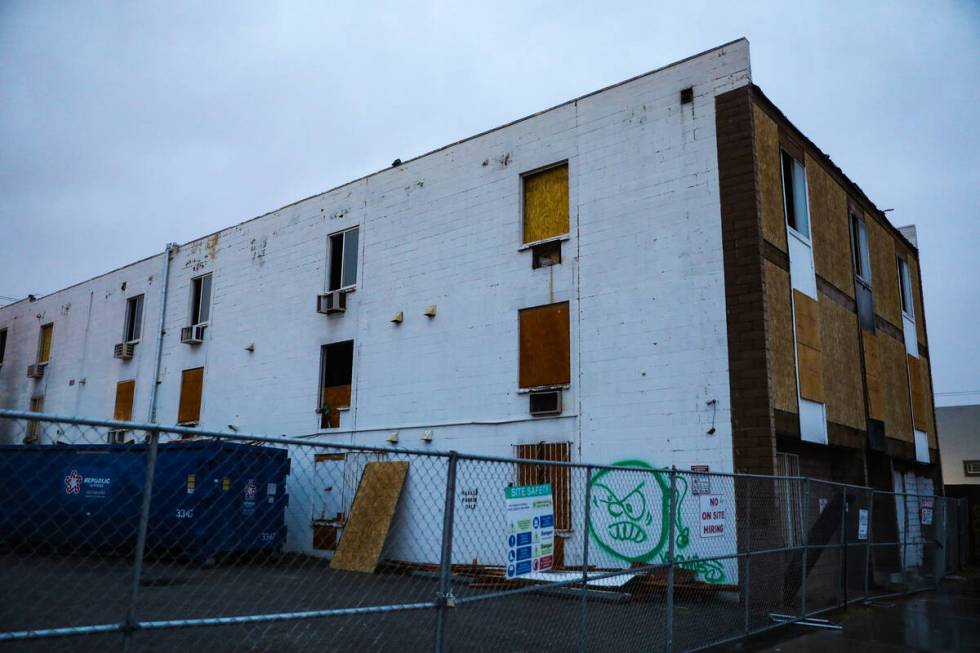
Legal limbo
When the fire first broke out just before dawn, police officers scaled the building and hoisted people out of their rooms on the upper floors. A pregnant woman, DeJoy Wilson, fell from the third floor and broke her back.
The fire alarm never sounded, and the back door had been bolted, trapping people inside. Investigators later determined the deadly blaze originated from an unattended stovetop.
At the time of the blaze, the building, built in 1972, had a history of failed fire inspections and went almost three years without a city fire inspection, a Review-Journal investigation found. In its aftermath, investigators cited more than 40 fire code violations, including the sealed rear exit and a faulty fire alarm system.
Records released last year suggested someone manually silenced the alarm system weeks before the tragedy.
Seven months after the fire, authorities filed felony charges, including involuntary manslaughter charges, against the building’s landlord and owner Orozco and property manager Mier. Both face six counts — one for each victim.
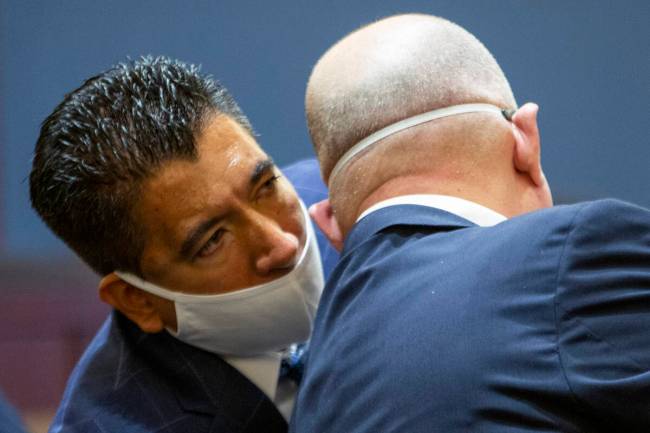
Prosecutor John Giordani said he could not comment on the case because it is ongoing.
Orozco, who is also being sued for wrongful death and other claims, has never spoken to the media.
Robert Murdock, whose client Christian Spangler suffered severe brain damage due to lack of oxygen during the fire, said the case is moving as expected and may go to trial next year.
Orozco and his company, Las Vegas Dragon Hotel LLC, recently filed a lawsuit against multiple people allegedly involved in the fire, including the resident who was living in the room where the fire started, the city of Las Vegas and the companies that monitored the building’s fire alarms.
“It’s not the fire that’s the problem. It’s the condition of the building at the time and whose fault that was, particularly in regard to the fire alarm system,” said Orozco’s attorney, Dominic Gentile.
In the preliminary hearing, which began last year, prosecutors have called more than 20 witnesses, including residents, fire personnel and arriving officers. It is on hold as Orozco appeals a court ruling.
“It is my understanding from others that it’s the longest prelim in Nevada history,” Gentile said.
He expects the criminal case to continue next summer. At its conclusion, a judge will determine if there is enough evidence for the case to go to trial.
Meanwhile, Orozco has sold nearly all of what was once a multimillion-dollar portfolio of two dozen local properties that he, his wife, Erika Ayala-Aguilar, and their four companies owned at the time of the fire.
The new owners of the Alpine plan to turn the boarded-up property into modern studio apartments.
‘It was home’
Recently, while walking near the Alpine, Henry ran into Don Walford, a long-time downtown Las Vegas businessman. Walford has felt an attachment to the Alpine since the fire.
In October 2019, just two months before the fire, the rear exit door was bolted shut by black metal bars.
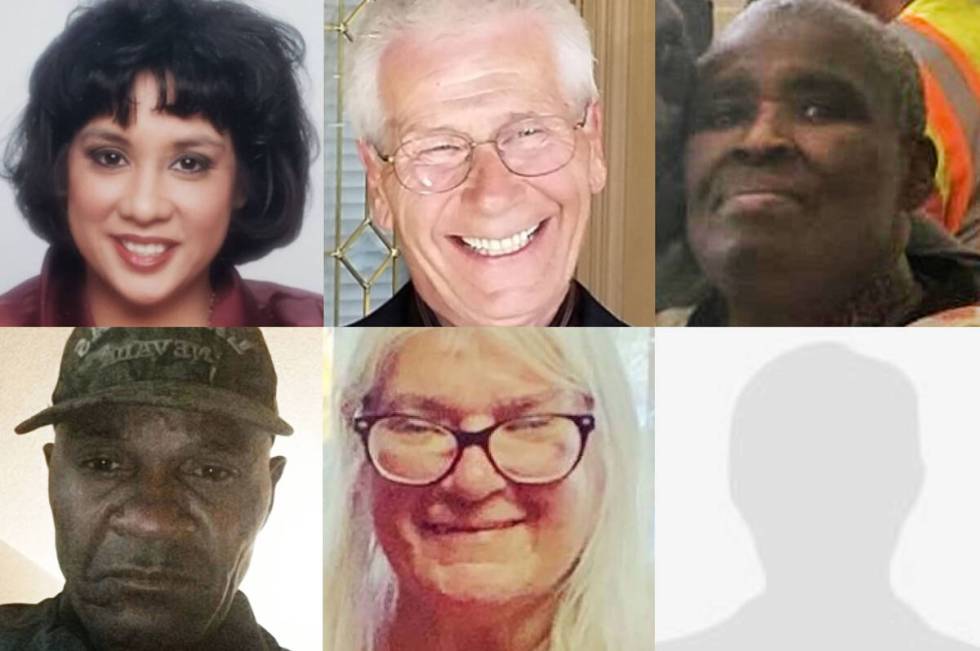
Concerned about crime, code violations and quality of life in the downtown corridor, Walford and his group, dubbed the “God Squad”, documented the existence of the barricaded door. They thought it was a potential fire hazard and were under the impression it was resolved.
But on the morning of Dec. 21, they learned it had not been.
“It fell through the cracks,” Walford said. “And I just feel so guilty because I thought it was taken care of.”
Brought to tears, Henry told Walford his story. His neighbor, 46-year-old Kerry Baclaan, who often greeted him by saying, “Hi Mister sir,” and “Goodnight, Mister sir,” had died on the stairs after she went back to retrieve her suitcases.
“I know we didn’t have much, but that’s all we had,” Henry said. “We considered ourselves family.”
Henry credits his survival to 63-year-old Don Bennett, a disabled Marine Corps veteran who worked as a handyman in the building. That morning, he pounded on residents’ doors, hollering about the fire.
“He said: ‘If I got to, I will sacrifice my life to get that door open,’” Henry recalls now, tears swelling in his eyes. “And he did.”
Walford spoke to the City Council last year about the condition of the building — and the public has yet to hear anything about a promised investigation into the Alpine. A city residential inspection program launched in response to the Alpine fire has so far surveyed only two of 36 potentially at-risk complexes.
Henry, 40, who now lives in an apartment with his boyfriend just blocks away that has an eerily similar orange barrel-tile roof, said the effects of the fire are fresh.
The donated clothes he has now barely fit. He sleeps on an air mattress. He lost his job, and his boyfriend works at Walmart to provide for them both. And while he feels safe, he still thinks about the Alpine, where he lived for eight years.
The night of the fire, he had been planning a gift exchange for his neighbors. Hours later, their lives were taken away.
“It was home,” he said, taking a deep breath. “It was home.”
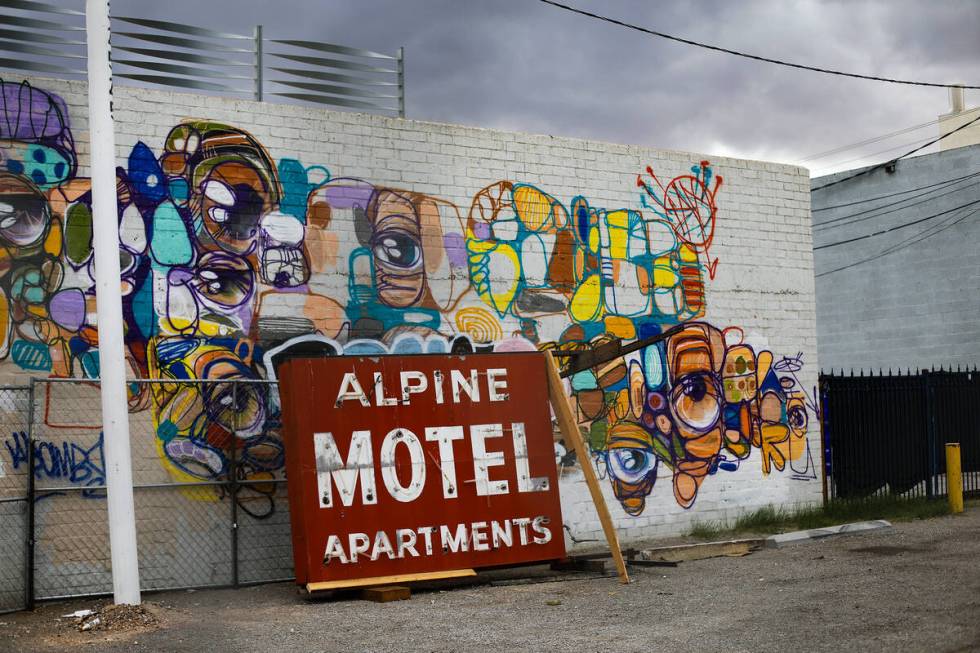
The Review-Journal’s investigative team focuses on reporting that holds leaders and agencies accountable and exposes wrongdoing. Contact Briana Erickson at berickson@reviewjournal.com or 702-387-5244. Follow @ByBrianaE on Twitter.













